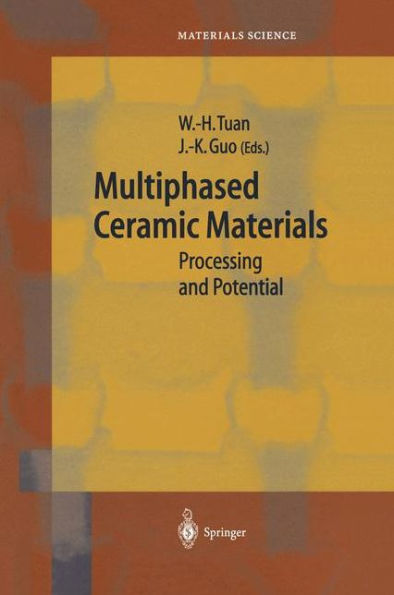5
1
9783540405160


Multiphased Ceramic Materials: Processing and Potential / Edition 1 available in Hardcover

Multiphased Ceramic Materials: Processing and Potential / Edition 1
- ISBN-10:
- 354040516X
- ISBN-13:
- 9783540405160
- Pub. Date:
- 11/18/2004
- Publisher:
- Springer Berlin Heidelberg
- ISBN-10:
- 354040516X
- ISBN-13:
- 9783540405160
- Pub. Date:
- 11/18/2004
- Publisher:
- Springer Berlin Heidelberg
109.99
In Stock

Product Details
| ISBN-13: | 9783540405160 |
|---|---|
| Publisher: | Springer Berlin Heidelberg |
| Publication date: | 11/18/2004 |
| Series: | Springer Series in Materials Science , #66 |
| Edition description: | 2004 |
| Pages: | 152 |
| Product dimensions: | 6.10(w) x 9.25(h) x 0.02(d) |
From the B&N Reads Blog
